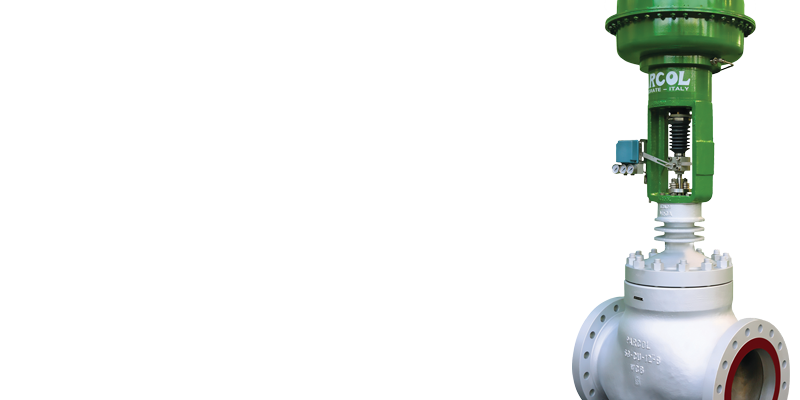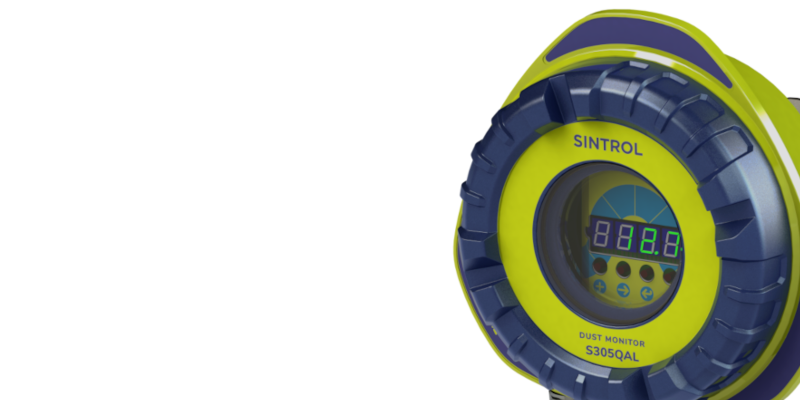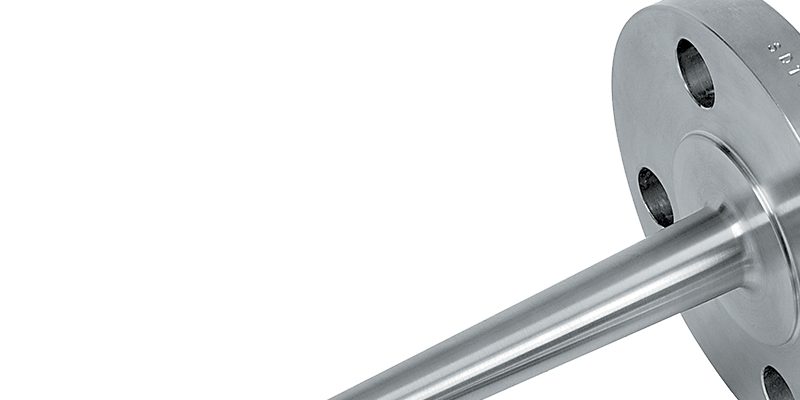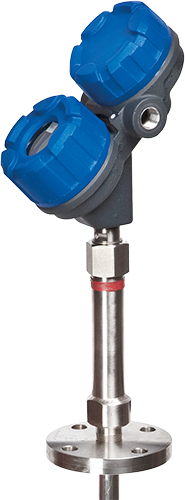- Main page
- Applications
- Steam drums' guided wave radar water level measurement
Steam drums' guided wave radar water level measurement
Advantages of guided wave radar technology use with respect to other level measurement technologies in steam drum applications.
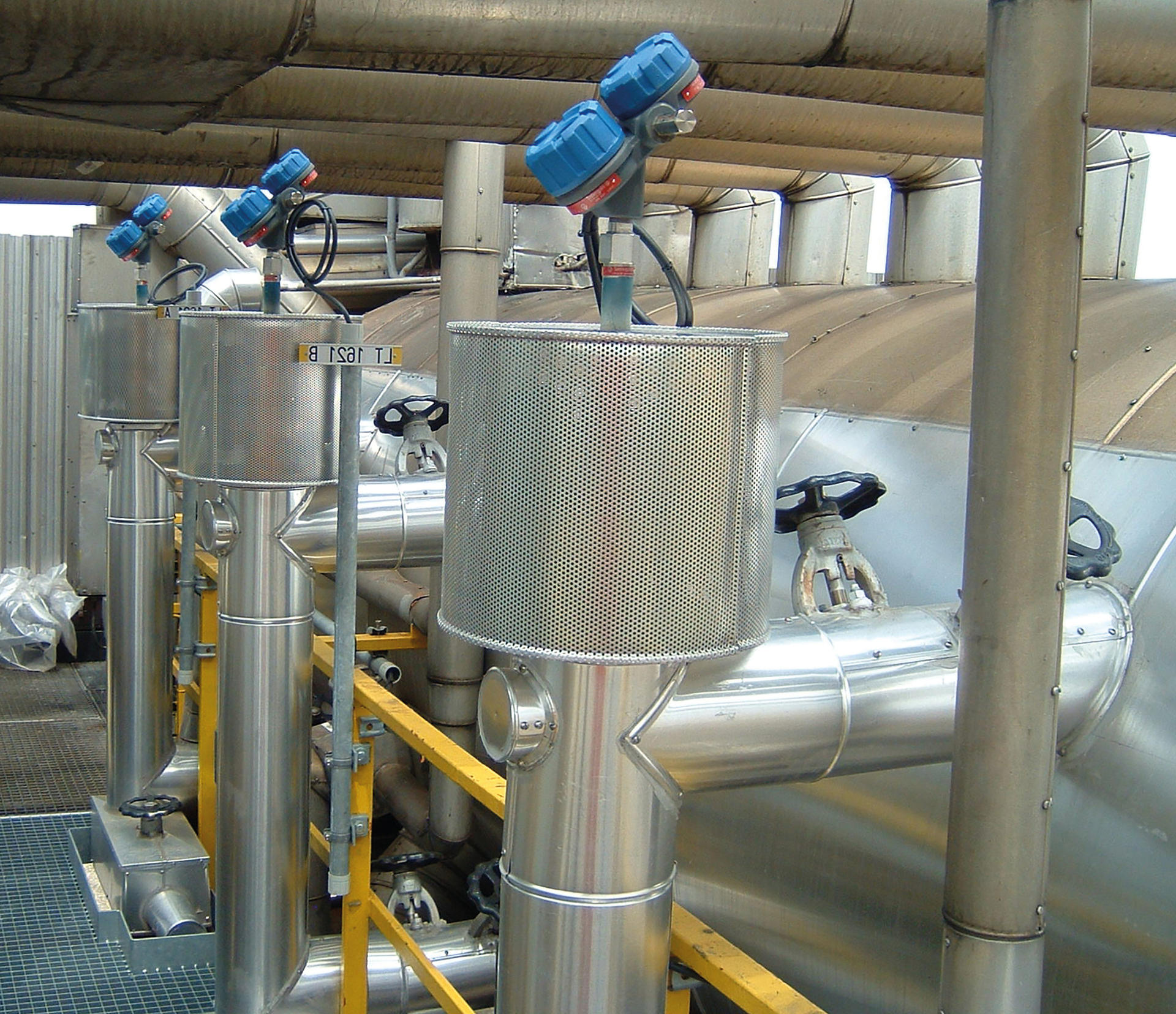
Technologies historically used for boiler and steam drum level control rely on inference or buoyancy to determine the level. This in itself leaves them vulnerable to process dynamics (specific gravity, pressure, temperature, etc.) or limits their ability to precisely manage the level for improved fuel economy. Although corrections can be applied to mitigate the effects, the variables that need to be accounted for increase the level control’s installation, hardware and calibration complexity, which has the unintended consequence of introducing new avenues for error.
Eliminating potential sources of error (including human error) as related to an instrument’s fundamental technology is the first step in optimizing boiler/steam drum level control. A quick peek at various technologies reveals their shortfalls as related to boiler/steam drum level control:
- Differential Pressure: a complex system of tubing, condensate pot and transmitter(s) based on inference requiring up to 12 process parameters to properly calibrate. External inputs and corrections are applied to ensure accuracy.
- Buoyancy (displacer): accuracy from startup to operational temperatures is not achievable due to displacer being designed for the specific gravity at operational conditions. Calibration and mechanical wear may introduce errors over time.
- Buoyancy (float level switches): a low-cost solution for smaller boilers; however, introduction of larger volumes of sub-cooled liquid could affect performance and increase fuel consumption as compared to a continuous type measurement.
- RF Capacitance: based on the dielectric constant of the process medium. The dielectric constant of water/condensate changes as a function of temperature, introducing unnecessary errors. Requires in-situ calibration.
- Conductivity: high upfront and probe maintenance costs as compared to other technologies. Not a continuous measurement. Resolution is contingent on the proximity of adjacent conductivity probes across the measurement span; vulnerable to scale accumulation and fouling.
Solution
Magnetrol's Eclipse 706 Guided Wave Radar (GWR), on the other hand, is a continuous measurement technology that has the distinct advantage of not being vulnerable to changes in process conditions that affect the aforementioned measurement techniques. Since its performance and accuracy are not contingent on the specific gravity and/or inference, it excels in measuring the actual liquid level in all conditions encountered in the boiler/steam drum. Furthermore, GWR does not require external inputs or calibration to achieve specified performance — accuracy is inherent to the technology. This effectively eliminates the introduction of errors during the calibration process or from external sources, i.e., pressure and temperature. A reduction in the number of variables affecting the measurement provides a high degree of data certainty allowing operators to better maintain the Normal Water Level (NWL) in the boiler/steam drum for optimal water/steam separation throughout a variety of process conditions.
Benefits
- Reliable water level measurement in steam drum
- Better level control allows to reduce heat rate, environmental impact, fuel and water consumption
- Reduction of water
treatment and maintenance costs in installations where steam is generated




